REQUIEM FOR A DREAM (2000)
The drug-induced utopias of four Coney Island people are shattered when their addictions run deep.
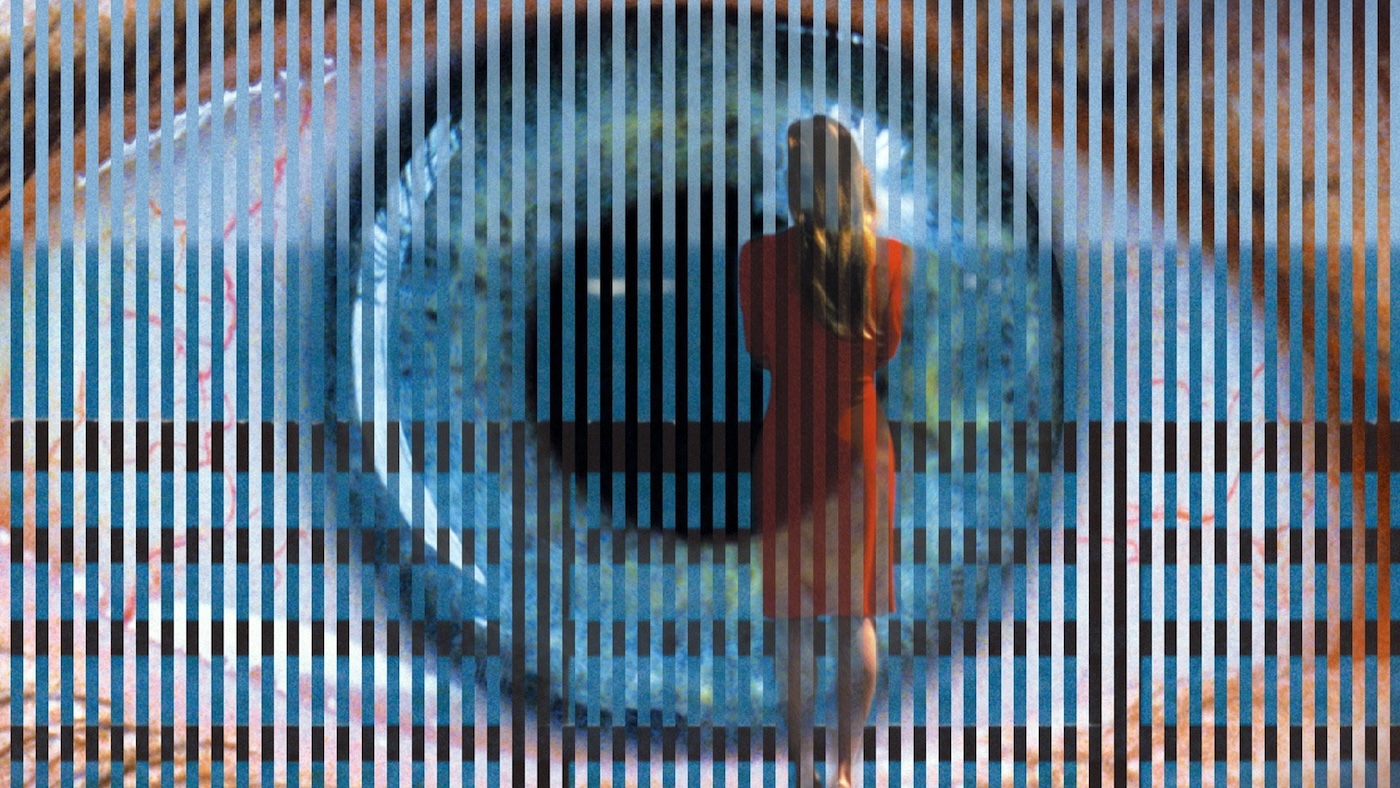
The drug-induced utopias of four Coney Island people are shattered when their addictions run deep.

Drug addiction is a theme that has featured throughout the history of cinema. As far back as 1938, the propaganda film Reefer Madness warned the American public about the dangers of marijuana use, casting a spotlight on a group of teenagers who all get addicted and showing how it affects their lives and those around them. Fast forward to the late Sixties, and you then get the likes of Dennis Hopper, Peter Fonda, and Jack Nicholson working on two cult films featuring drugs throughout their stories: the psychedelic-infused Roger Corman-produced The Trip (1967) and the hugely successful Easy Rider (1969).
In more recent times, movies such as Scarface (1983), Trainspotting (1996), Fear and Loathing in Las Vegas (1998), Traffic (2000), and the excellent but under-seen feature from the Safdie brothers, Heaven Knows What (2014), all ultimately deliver a bleak warning message about substance abuse. The only film that comes to mind that paints a more moderate picture of general drug usage is the British Ecstasy-themed movie Human Traffic (1999). However, just one year later, a new up-and-coming director on the block, Darren Aronofsky, released his own take on how chemical addiction ruins lives, and it went on to solidify his reputation as a formidable and innovative filmmaker. That film was Requiem for a Dream.
Based on the 1978 novel from American writer Hubert Selby Jr. (Last Exit to Brooklyn), the story interweaves four characters: Sara Goldfarb (Ellen Burstyn), her son Harry (Jared Leto), his girlfriend Marion (Jennifer Connelly), and Harry’s friend Tyrone (Marlon Wayans). Each chases a dream—Sara’s dream of recognition (via a TV game show) and reclaiming her past self, while the younger three have more conventional dreams involving business success and financial stability. The film is broken down into a three-act structure incorporating the seasons: summer, autumn, and winter. These seasonal episodes act as a visual metaphor that echoes the characters’ downward trajectory as each individual’s drug addiction spirals out of control.
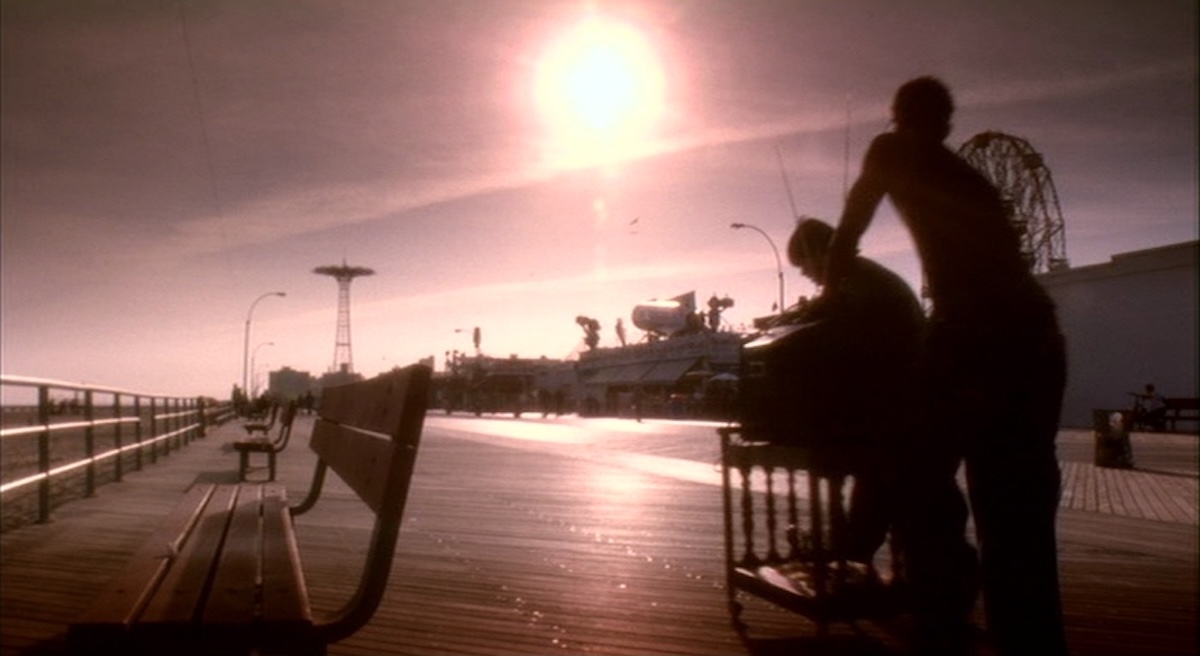
While Harry, Marion, and Tyrone’s drug of choice is heroin, Sara’s go-to substance that leads her down a very dark path is amphetamines. Her journey stems from winning a place on her favourite TV programme. She soon decides that she’s overweight and quickly embarks on a crash diet recommended by a friend. Unfortunately, she likes sugar too much, so she changes direction and starts taking diet pills that are prescribed to her by her somewhat dodgy doctor. Pretty soon, she has her ‘medication’ routine all worked out: “Purple in the morning, blue in the afternoon, orange in the evening… these are my three meals, Mr Smarty Pants,” her character says, looking at the fridge. At first, she loves having all this energy, but very quickly her dependency accelerates and her mental state, like her weight, plummets. Meanwhile, the younger trio first taste some cash success through dealing, but this doesn’t last long as their addictions all take over and their lives start falling apart.
To say this film is dark in the extreme is, quite honestly, a significant understatement. Yes, in all those other aforementioned movies, the consequences of each character’s addiction are also never good. Just think back to Trainspotting when the main characters are all too high to remember there’s a baby in the house, and they’re then woken up by the mother’s horrified screaming after she finds it dead. Pretty tough, right? Well, Requiem for a Dream somehow goes a few steps further in showing us just how bad things can get when drugs get a hold on you—and it’s all credit to Aronofsky that he doesn’t shy away from it.
Born in Brooklyn in 1969, Aronofsky grew up with a strong artistic streak, drawn to classic films and experimenting with graffiti art as a teenager. After high school, he studied both live action and animation at Harvard University, where his senior thesis film Supermarket Sweep—starring actor Sean Gullette—won several awards and was named a National Student Academy Award finalist.
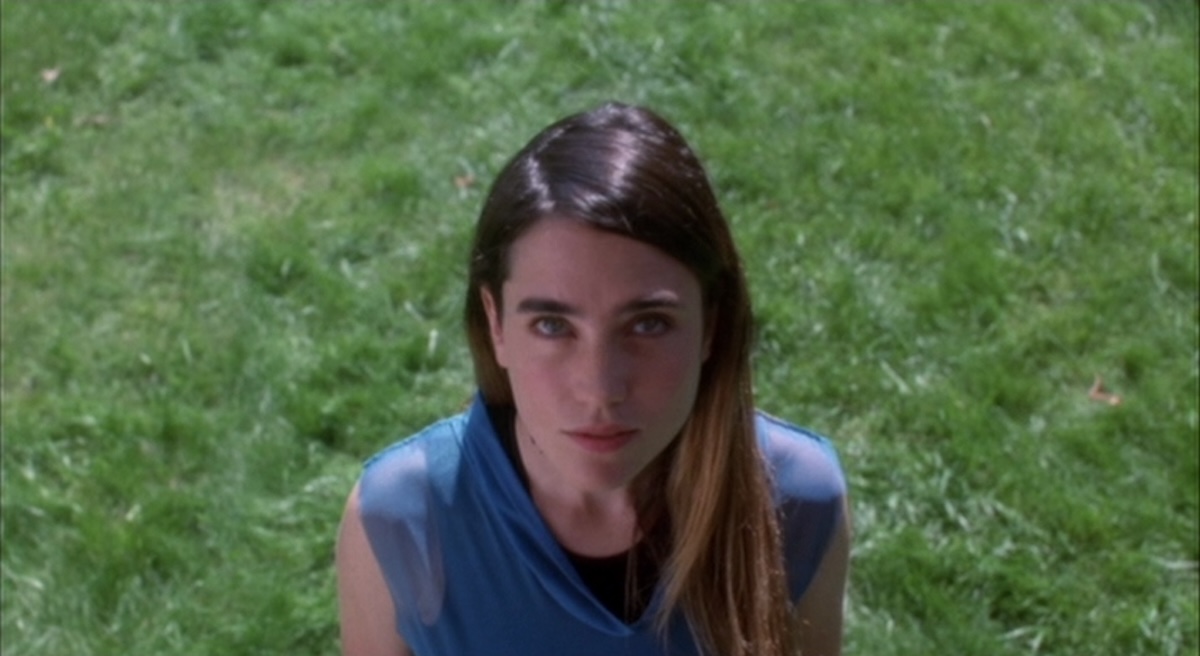
Although Aronofsky didn’t pursue a feature film immediately, in 1996 he began developing the concept for Pi (1998), about a reclusive mathematician who is obsessed with finding a key number that will unlock the universal patterns found in nature. Encouraged by positive feedback on the screenplay, he moved into production, once again collaborating with Gullette, who also took on the lead role. A gritty, intense, black-and-white psychological thriller made on a shoestring budget (around $60,000), Pi can now be looked upon as an early indicator of Aronofsky’s interest in obsession, sensory overload, and characters being pushed to extremes. It won him the Best Director award at Sundance, and it was released a few months later to much success. This led the young filmmaker to Requiem for a Dream.
Along with some of Aronofsky’s other cinematic influences, such as Roman Polanski, Terry Gilliam, and Spike Lee, the director is also a huge fan of American author Hubert Selby Jr. After reading about the writer’s life, it’s easy to see how Requiem for a Dream was developed and why it was so dark. As a young man, Selby suffered terribly with his health, first from tuberculosis when he was a merchant seaman. Then, things got worse after undergoing horrific hospital treatment in New York. It was there he was given an experimental antibiotic that caused major complications and led to one of his lungs collapsing during an operation; the doctors went on to remove part of the other. Selby was bedridden for the next 10 years, and it was at this point that he decided to try his hand as a writer. Without any training or special education, Selby found, much like Jack Kerouac, that he had a natural talent for writing in a stream-of-consciousness style, and his short stories started to get published soon after. This body of work eventually culminated with his first novel, Last Exit to Brooklyn, being published in 1964. It was around this time that Selby became addicted to heroin, which more than likely gave him the inspiration to write Requiem for a Dream.
Despite the movie’s harrowing subject matter, the film zips along at a pace, and this is down to the many technical tricks Aronofsky employs along the way. Right from the first scene, when Harry is taking his mother’s TV to pawn for drug money, we witness a split screen forming, showing Ellen Burstyn’s Sara on one side and Jared Leto’s Harry on the other. This is particularly effective because, in the film, they are also on different sides of a door. As good as that piece of visual enhancement is, it pales in comparison to the rest of the movie, which is filled with a series of rapid cuts, close-ups, montage sequences full of sped-up time-lapse photography, and also slowed-down scenes. And then there are the SnorriCam shots. This technique involves rigging a camera to an actor, with the lens fixed on their face. The resulting effect shows the stabilised head and shoulders while the background appears to rotate around them, creating a disorienting point of view.
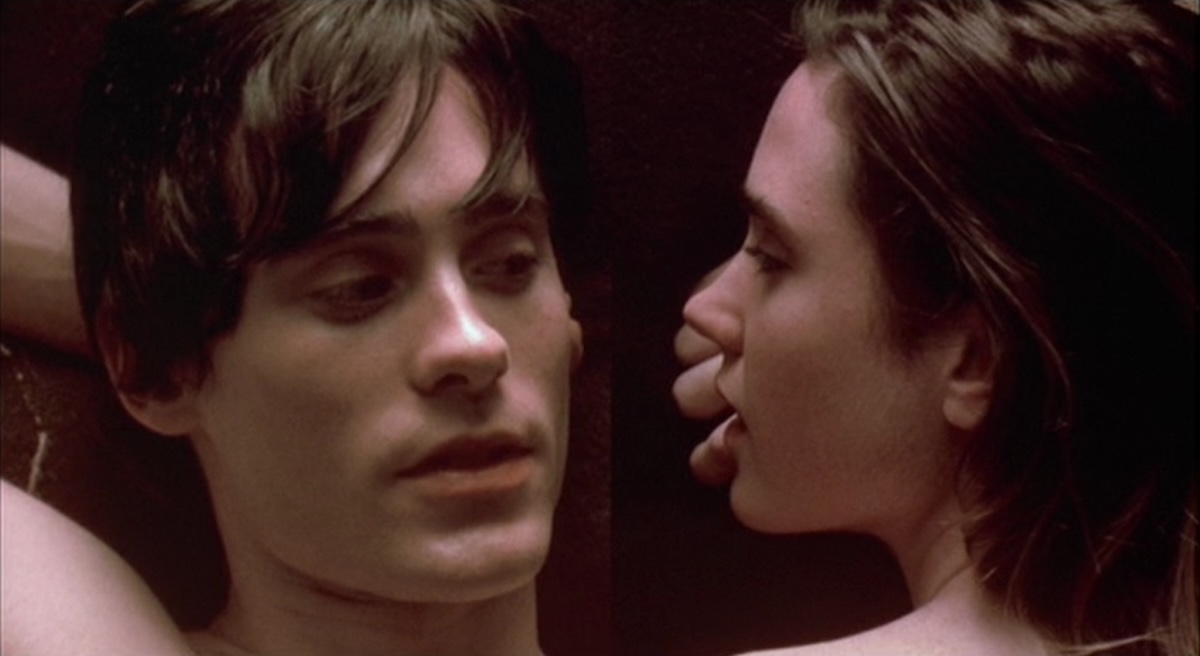
The stunning sound design and score that are utilised throughout beautifully complement the trippy visuals. You may not know the track’s name, but I’d wager you’ve heard it countless times while watching a trailer over the last decade or so—that’s “Lux Aeterna” from British composer Clint Mansell. Like all the best scores, this achingly gorgeous piece of music takes the film to a higher level without you really noticing. It’s incredibly powerful, and it’s no wonder that Aronofsky used Mansell’s genius for many of his films afterwards. Backing this up are weird—and funny—sound effects, which all make for one bizarre aural treat.
Looking at the film’s cast, it’s almost impossible to find one poor performance. As much as I have found Jared Leto’s acting abilities to be problematic of late (House of Gucci), here he delivers a solid enough performance of a young man who starts off the story with a relatively low-level heroin addiction. You can see how much he cares for his girlfriend and mother, but he soon deteriorates into a complete drug-addled, vile person that’s happy to let his girlfriend get together with a pimp just so she can earn some money to feed his habit. Not a nice character arc, I think you’ll agree, so it’s quite something when, come the end, you see what he has to go through and you still feel some pity for him.
Marlon Wayans also shines as Harry’s friend, Tyrone. Known largely for appearing in comedy films, Wayans must have been terrified taking on this part, but this temporary departure from his usual fare proves he’s more than capable of playing something of this nature. Like Leto’s character, Tyrone’s arc is terribly sad to witness: going from funny, street-smart, and likeable to strung-out, lonely, desperate, and forced to go cold turkey while in prison. His performance is always believable and provides real dramatic weight to the film. But as good as Leto’s and Wayans’ performances are, they’re no match for the frankly brilliant acting coming from Jennifer Connelly and Ellen Burstyn.
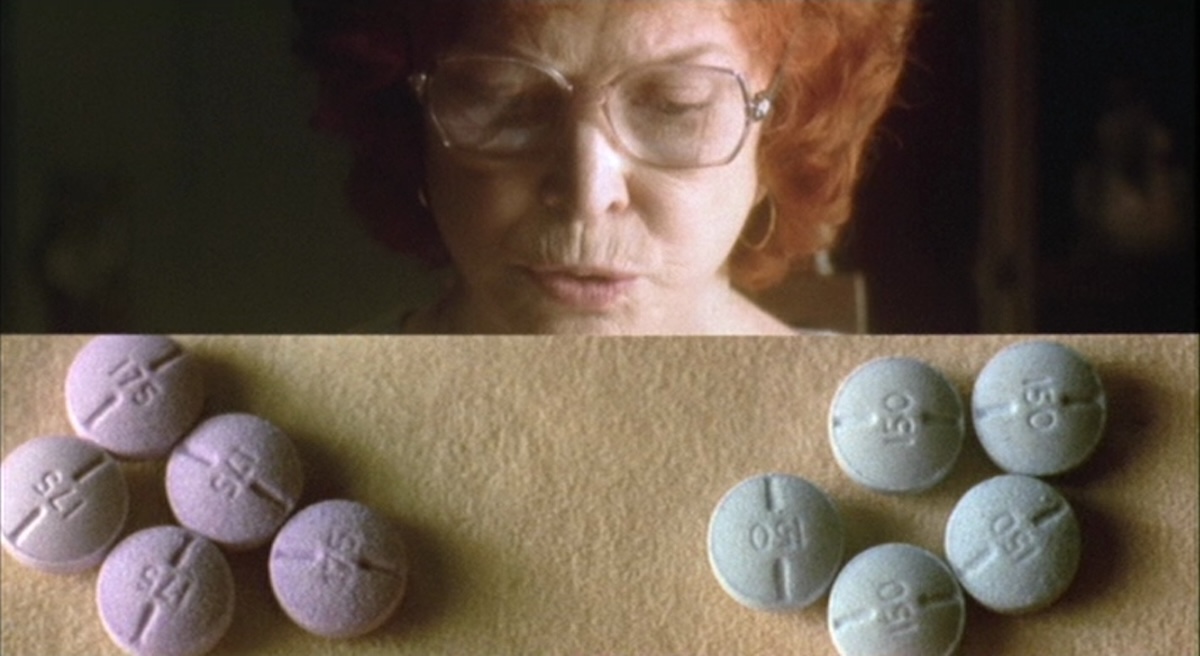
We first see Connelly’s Marion as a young, beautiful woman who’s in love with Harry and, by association, likes to take drugs. At first, this is on a purely recreational level, and it’s at this point in the story that she has ambitions to open a clothes store that will be selling her designer outfits. Her family are wealthy and pay for her flat, but not much else, so she and Harry decide to start dealing heroin so that they can save money for her shop. At first, things are going well and their savings are accumulating nicely, but following a gang warfare shooting that Tyrone gets caught up in, the funds soon vanish when Harry bails his friend out. Not only that, their usual drug supply dries up and what’s left is twice as expensive. Subsequently, Harry starts persuading Marion to engage in sex for money.
Now that her addiction has taken over, she agrees and sleeps with her rich psychiatrist. Pretty soon, she’s hooked up with a pimp and is being paid to perform in group sex parties. It’s around here that you see Connelly’s Marion fully transform from someone who was interesting and fun, with ambition, to this dead-eyed, pale, gaunt shadow of her former self. And as much as you can see the pain and disgust on her face when she starts resorting to prostitution, there’s also that look of the drug-induced high, coupled with the heroin hunger, that’s still nibbling away at her soul, keeping her trapped in this hellish existence. Stripped down, raw, gut-wrenching—Connelly’s performance is nothing short of astounding. And now we come to Ellen Burstyn…
Burstyn’s Sara slowly transforms from being a sixty-something widow, who cares for her son despite his many shortcomings, to this speed-addicted woman that’s quickly going crazy thanks to all the amphetamines she’s taking constantly, just so she can fit in an old red dress and go on her top TV show. That’s the surface-level motivation anyway. In a scene showing her talking to Harry about being on the television, you start to see that what this is all about is that she’s terribly lonely. Now, I admit I’ve only seen Burstyn in several films like The Exorcist (1972) and Martin Scorsese’s Alice Doesn’t Live Here Anymore (1974), so I had some idea that she was a strong actor, but I was genuinely shocked after rewatching this for the first time in 20-plus years by how great she is here.
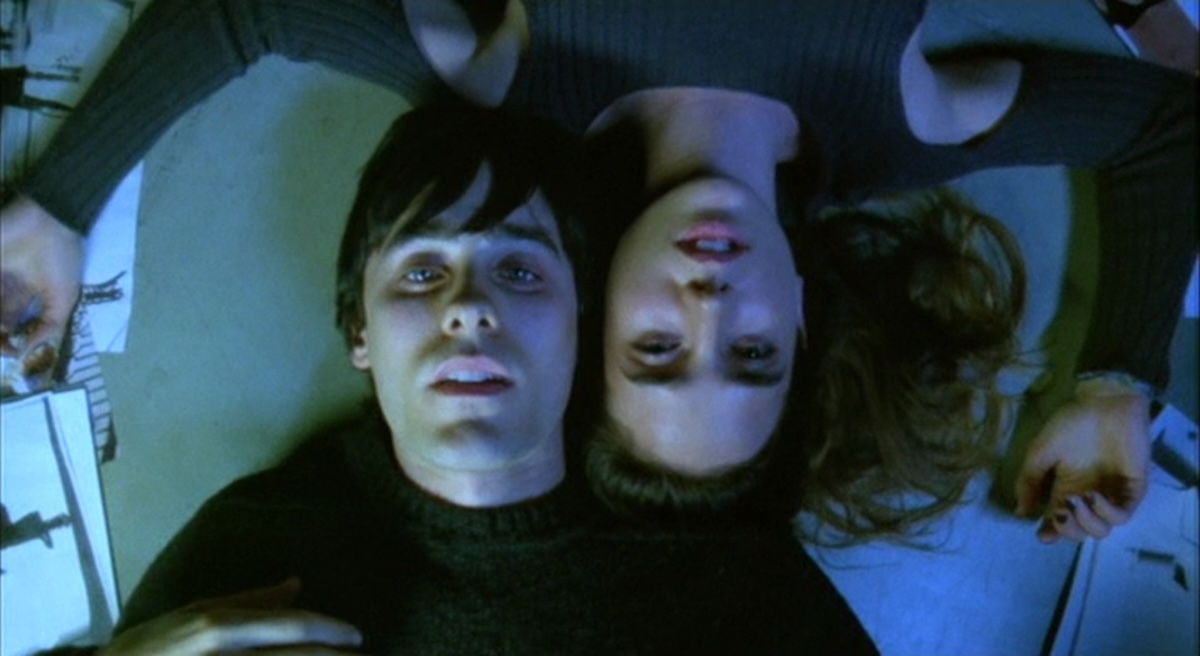
For me, she steals the film—and when you consider who she’s up against, especially Connelly, that is quite the achievement. Burstyn gets all the funny scenes; when her friend is dyeing her hair and it comes out orange, her exchange of words is hilarious.
FRIEND: “That’s a red, it’s not a red-red...” SARA: “If it’s a red, then what’s orange?!”
Another sequence, when she’s being seen by her nurse…
NURSE: “How’s your hearing and vision?” SARA: “I have both!”
Her timing and delivery are perfect. But she can deliver pain and anguish just as well. When she breaks down at the TV production company and you see everyone’s face realise that this person is most definitely not all right, but she has no idea, it’s both jaw-dropping to see yet also awful at the same time.
Watching Requiem for a Dream is not an enjoyable experience. It’s brutal, depressing, haunting—but given the source material, how could it be anything else? You don’t enjoy it, but you have to admire its power and the quality of the filmmaking craft that’s on display. Unsurprisingly, when it was released back in 2000, it proved massively divisive. The midnight screening at the Cannes Film Festival was met with 3,000 spectators giving it a standing ovation, but only a few months later at the Toronto Film Festival, apparently several audience members were physically sick, and one even had heart palpitations, though that might have been just a coincidence. In any case, the film was about to be slapped with an NC-17, which meant most cinemas in America wouldn’t show it. Not bowing to the censors who wanted cuts before giving it this restrictive rating, instead, Aronofsky and the studio decided to let the film be released unrated. A bold move if ever there was one.
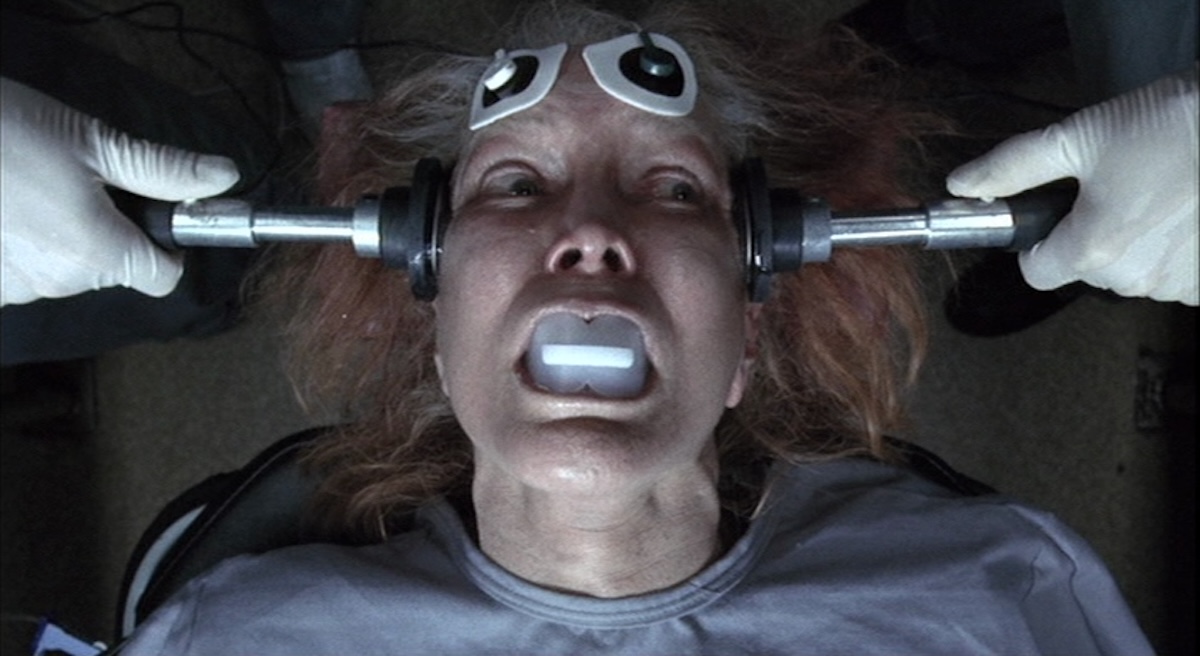
During its theatrical run, it made $7.4M at the worldwide box office, not that impressive when you consider it cost $4.5M to make. But over the years, people have looked back on Requiem as Aronofsky’s defining early work. Some say it’s his most uncompromising, his darkest. Others believe it’s flawed (too bleak, too over the top) but that those flaws are part of what gives it power. Film critic James Berardinelli placed the film on his list of the Top 10 films of the decade. Peter Travers of Rolling Stone wrote that its editing and distorted images “assault the senses.” There was negative press, too. William Arnold of Seattle Post-Intelligencer wrote, “Aronofsky hurls the full grammar of the cinema at us like a film student on an adrenaline rush: slow-motion, fast-forward, jump cuts, surreal fantasy sequences.” He thought the editing was “brutalising and counterproductive.”
I certainly consider Requiem for a Dream to be one of Aronofsky’s strongest films. This sits comfortably alongside Pi and Black Swan (2010), which I think represent his best work. To think the same director made Noah (2014) simply baffles me! Anyway, that aside, I would strongly recommend it. It’s a genuinely powerful, hypnotic, and moving cinematic experience—but be warned: it’s not for the faint-hearted. There are scenes throughout that are sickening in the extreme, but its creative artistry can’t be denied. As a cautionary tale about drug addiction and how it can wreck lives, this is one of the best examples out there today. Truly unforgettable.
USA | 2000 | 102 MINUTES | 1.85:1 | COLOUR | ENGLISH

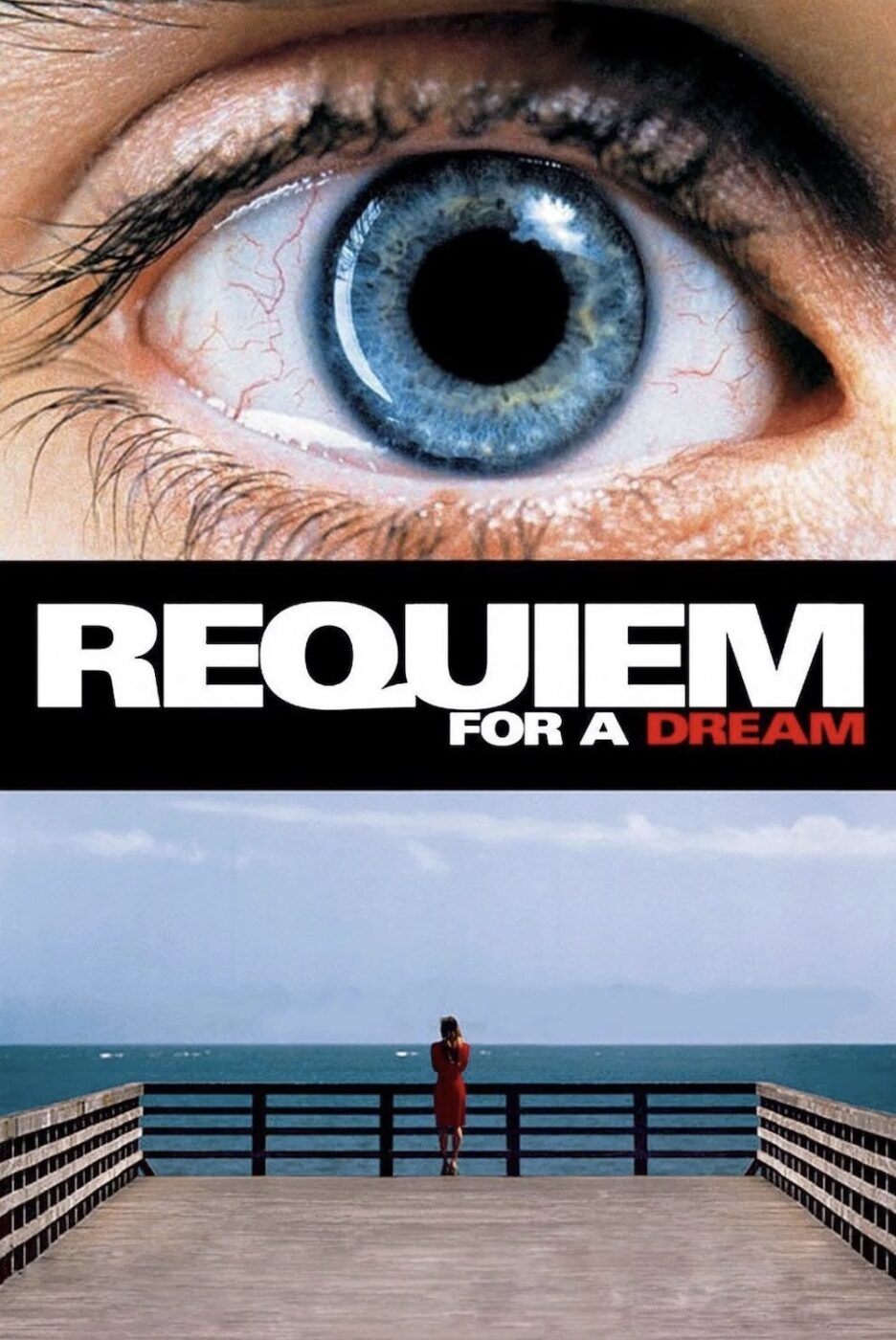
director: Darren Aronofsky.
writers: Hubert Selby Jr. & Darren Aronofsky (based on the novel by Hubert Selby Jr.).
starring: Ellen Burstyn, Jared Leto, Jennifer Connelly, Marlon Wayans, Christopher McDonald, Mark Margolis, Louise Lasser, Marcia Jean Kurtz, Suzanne Shepherd, Sean Gullette, Keith David & Dylan Baker.
1 Comment
This site uses Akismet to reduce spam. Learn how your comment data is processed.

“Noah” is actually a good movie that goes for broke emotionally, and keeps heightening the stakes. Watch again.